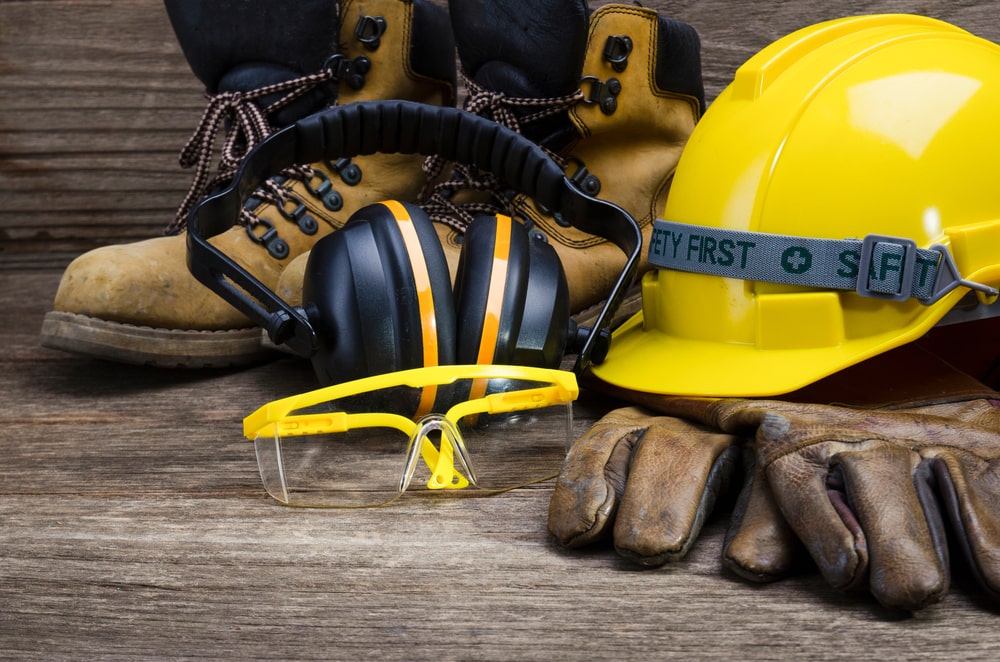News - Construction News
Revolutionising Construction Safety: The Impact of Technology

In recent years, the construction industry has experienced a transformative wave of technological advancements that are not only reshaping the way projects are executed but also enhancing health and safety measures on construction sites.
With the first tranche of The Building Safety Act (BSA) changes coming in at the end of last year, there is even more pressure on the industry to drive forward a culture that places more emphasis on everyone involved throughout a building’s life cycle to prioritise safe working practices.
We are now seeing the leading construction organisations moving fast to adopt new technologies that support with meeting the new regulations, while simultaneously shifting focus towards taking a more innovative approach to ensure safety on site.
In this article, Kingsley Clarke, Operations Lead at SCF, discusses some of the top technological safety interventions and tools major contractors are implementing to ensure they are staying ahead of the game in the new Building Safety Act era.

Kingsley Clarke
Taking safety to another dimension
With the BSA requiring contractors to ensure they have a “golden thread of information”, contractors are increasingly turning to BIM modelling to share building data across design, construction, and operation. This is then updated throughout a building’s lifecycle to ensure stakeholders have a visual, interactive way of monitoring the progress of a project, from anywhere.
Ensuring that digital platforms work together is vital in an industry where multiple stakeholders are involved including contractors, sub-contractors, and designers. Having a common date environment (CDE) can create confidence in teams that they can access a complete record of a project and share information efficiently.
In the future, BIM modelling can also be taken a step further, incorporating technology such as Augmented Reality, allowing people to walk around a building to see where hazards might be located.
The future of mobile
Mobile devices on site are becoming increasingly widespread and play a crucial role in improving communication and reporting. Documents, photos, and drawings can be stored on these devices to support with handovers. This ensures that safety information is readily available to everyone on the site, promoting a culture of awareness and accountability. This also helps teams to achieve the golden thread through helping to evidence compliance during the build phase.
Virtual Reality: A Game-Changer for Health and Safety Training
While behavioural competencies have been at the top of contractors’ agendas for a long time, they are now embedded in legislation.These include ensuring knowledge and skills remain up to date and identifying, mitigating, and managing risks.
Rolling out health and safety training using cutting edge technology such as VR is one innovative way for these behavioural competencies to be met.
For example, SCF Contractor Willmott Dixon organised virtual reality (VR) training for its forum members around working at heights, with data showing that following the training, incidents decreased by over 40% over 12 months.
VR can also help construction companies to design accurately, using three dimensional models which are designed and implemented into software. Users can then don headsets or use the system on their desktops to inspect individual objects. This allows design experts and contractors to collaborate more easily to simultaneously review models and spot issues.
With the BSA having introduced new duty holder roles including that of ‘Principal Designer,’ which requires designers and contractors to cooperate with each other to ensure compliance, using software such as this can go a long way in supporting this new requirement.
Rise of the Drones
Unmanned aerial vehicles, or drones, have become indispensable tools for construction site inspections. Drones equipped with high-resolution cameras and sensors can conduct thorough surveys of construction sites, identifying potential hazards and safety risks. This technology reduces the need for manual inspections in dangerous areas, thereby minimising the risk to workers.
Drones can also be used to survey spoil and understand what can and can’t be retained on site. This is essential in ensuring sites are free of hazardous material or obstacles that could impact safety.
They are also instrumental for increasing efficiency on a site, allowing companies to collect data quickly and share this across teams to make the right decisions about how to proceed with a project.
Having the right skills is key
While technology is revolutionising safety in the sector, its vital that the right skills development and training programmes are in place to ensure people can engage with technology in the right way.
Tier 1 contractors must ensure they are driving training for sub-contractors and the wider supply chain, working closely with training providers to ensure people understand how technology can be used to comply with new standards.
Scaling up the use of technology is a real opportunity for the sector to ensure buildings are safer and more sustainable for the future.
If you would like to read more stories like this, then please click here
Related Articles
More News
- Rethinking sustainable construction: a future forged in timber
26 Apr 24
The light-weight nature and workability of timber makes it ideal for retrofitting, extending the life
- Leeds Beckett University collaboration to drive innovation in construction industry
25 Apr 24
Leeds Beckett University have partnered YORhub drive innovation in the construction sector
- Balfour Beatty awarded contract to build Scotland’s first net zero prison
24 Apr 24
Balfour Beatty has confirmed that it has been awarded a contract to construct the new






